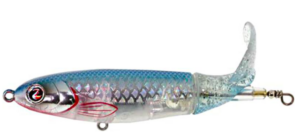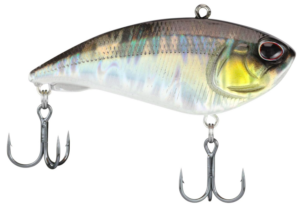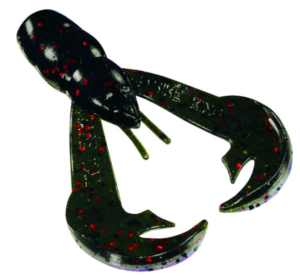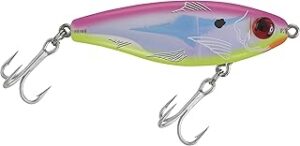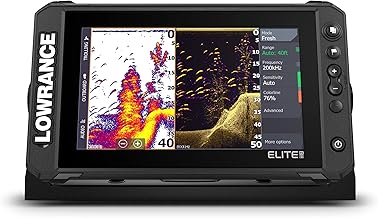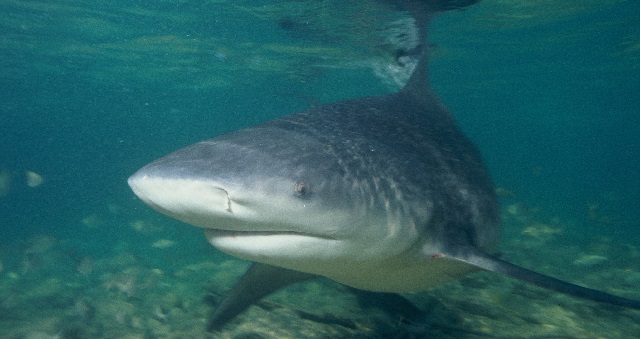
Bull Sharks
The bull shark is a common shark worldwide and it is found in warm, shallow waters along coasts and in rivers. The bull shark is well known for its unpredictable, often aggressive behavior. Bull sharks are responsible for many of the near-shore attacks that occur on humans and other species. The Bull shark can thrive in both saltwater and freshwater and can travel far up rivers. They have been found as far up as Indiana in the Ohio River and Illinois in the Mississippi River, although there have been few recorded attacks.
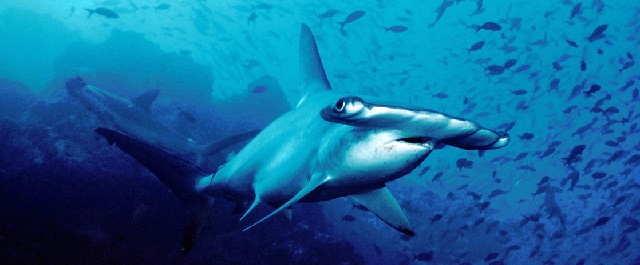
Hammerhead Sharks
The hammerhead sharks are a group of sharks in the family Sphyrnidae. Their name is obvious once you get a look at their unusual and distinctive structure of their heads. You can find hammerhead sharks worldwide in warmer waters along coastlines and continental shelves. Unlike most other sharks, it is not uncommon to find hammerhead sharks in larger schools. Hammerhead sharks love to eat tarpon and many anglers have had their tarpon attacked by a hammerhead shark during the middle of the fight. It is an unbelievable sight, but very annoying to most tarpon anglers.
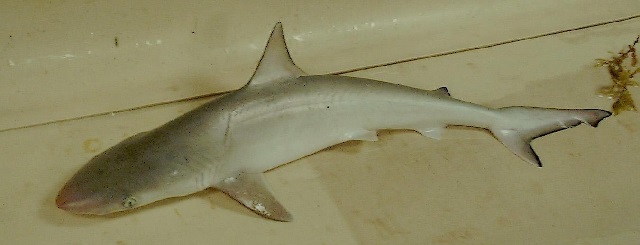
Sharpnose Shark
Sharpnose shark is an inshore species of shark that is common in bays and estuaries, although, adults are mostly found offshore. This small species, 2 to 4 feet long, is one of the most common sharks that is caught by Florida anglers.
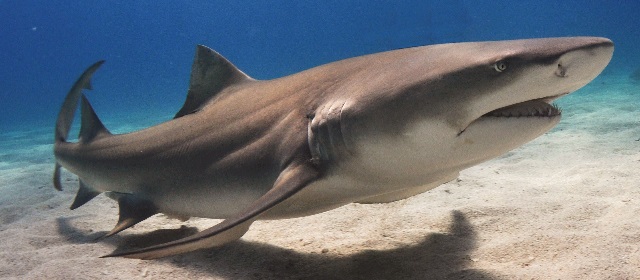
Lemon Shark
The Lemon shark is a yellow-gray shark that is commonly found around reefs and ledges. This fish will enter estuarine waters and at times will go into freshwater, but it does not penetrate as far up rivers as the bull shark. Lemon sharks eat a variety of fish, crabs and other small sharks. It can grow to 11 feet, but most do not exceed 9 feet, weighing over 200 pounds.
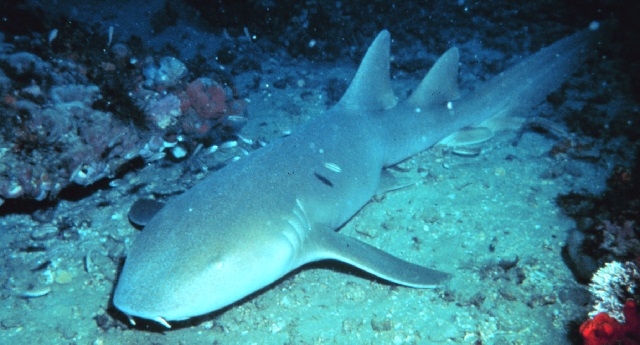
Nurse Shark
The Nurse Shark is rusty or yellowish brown in color, and is one of the few sharks that can be found lying on the bottom. It can be found on shallow water flats or in deep water near the reefs and wrecks. Nurse sharks are recognized by fleshy appendages called barbels that hang below their nose. They can grow to 14 feet in length, but most often range from 6 to 9 feet in length.
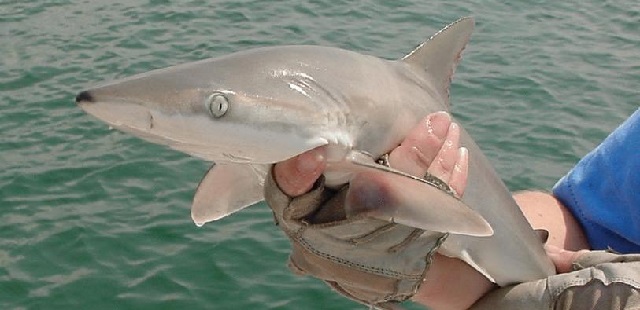
Blacknose Sharks
Blacknose sharks are one of the smaller sharks. Its maximum length is about 5 feet long. They are commonly found in bays and lagoons over sandy, shell and coral bottoms. It has a very noticeable dusky smudge or “moustache” on the tip of its snout, which is more prominent when they are young. They feed on small fish and they are often preyed upon by larger sharks.

Spinner sharks
Spinner sharks are large, slender, and very fast. They are known for leaping out of the water and spinning while out of the water. They feed primarily on fish, rays and even smaller sharks. The average size shark is around 6 feet long and they can be found in coastal waters.
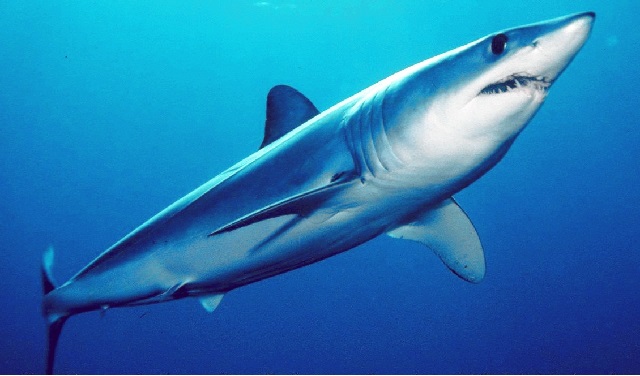
Shortfin Mako Sharks
Shortfin Mako Sharks, often called mako sharks, is a type of mackerel shark that is found in offshore temperate and tropical seas worldwide. It is a pelagic species that can be found from the surface down to around 500 feet deep. Mako sharks feed mostly on other offshore fish such as tuna, mackerel, bonitos and swordfish, but they will also eat sea turtles, porpoises, sea birds and even other sharks.
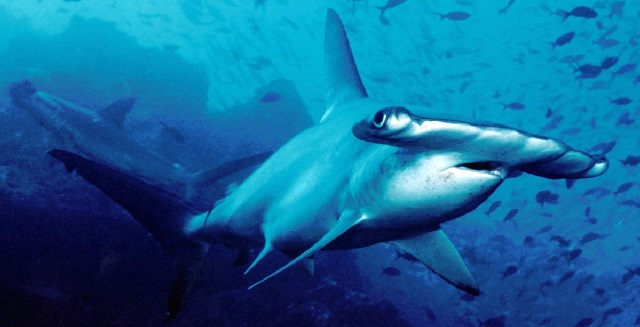
Scalloped Hammerhead Shark
The Scalloped Hammerhead Shark has a distinctive flattened head extending to hammer-like lobes on each side. It can grow quite very large with common sharks around 6 feet long and big sharks as long as 20 feet. It feeds mostly on fish, squid, and stingrays.
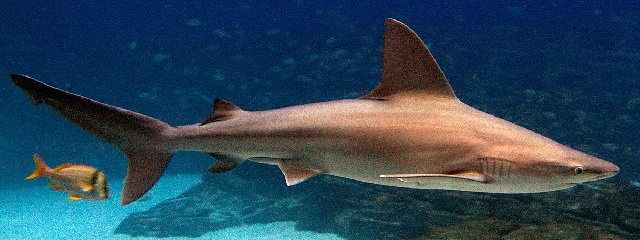
Sandbar Sharks
Sandbar Sharks, also called the brown shark, is found nearshore typically at depths ranging from 60 to 200 feet. It is both a predator and scavenger, feeding chiefly near the bottom on all types of fish and shellfish. This shark is also a migratory shark and it will travel long distances. Average adults are around 6 feet long and they can grow to 8 feet long.
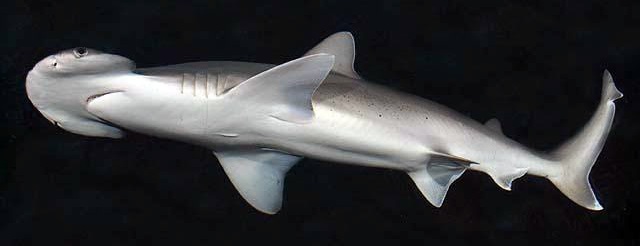
Bonnethead Sharks
Bonnethead Sharks are the smallest of the hammerhead family. An average-sizes bonnethead shark will be only 3 to 4 feet long. They can be found in nearshore waters and they are abundant throughout Florida. The bonnethead sharks feed on crabs, other crustaceans and on many different types of fish that are used for cut bait.
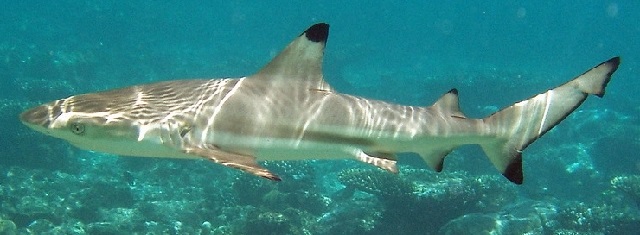
Blacktip Sharks
Blacktip Sharks are easily recognized by their distinctive black tip on most fins except its anal fin. Blacktips are mostly pelagic but they will often come inshore in large schools as they follow bait fish. These sharks are targeted my many anglers inshore and nearshore. Live baits and cut baits of most smaller fish will work as bait.






